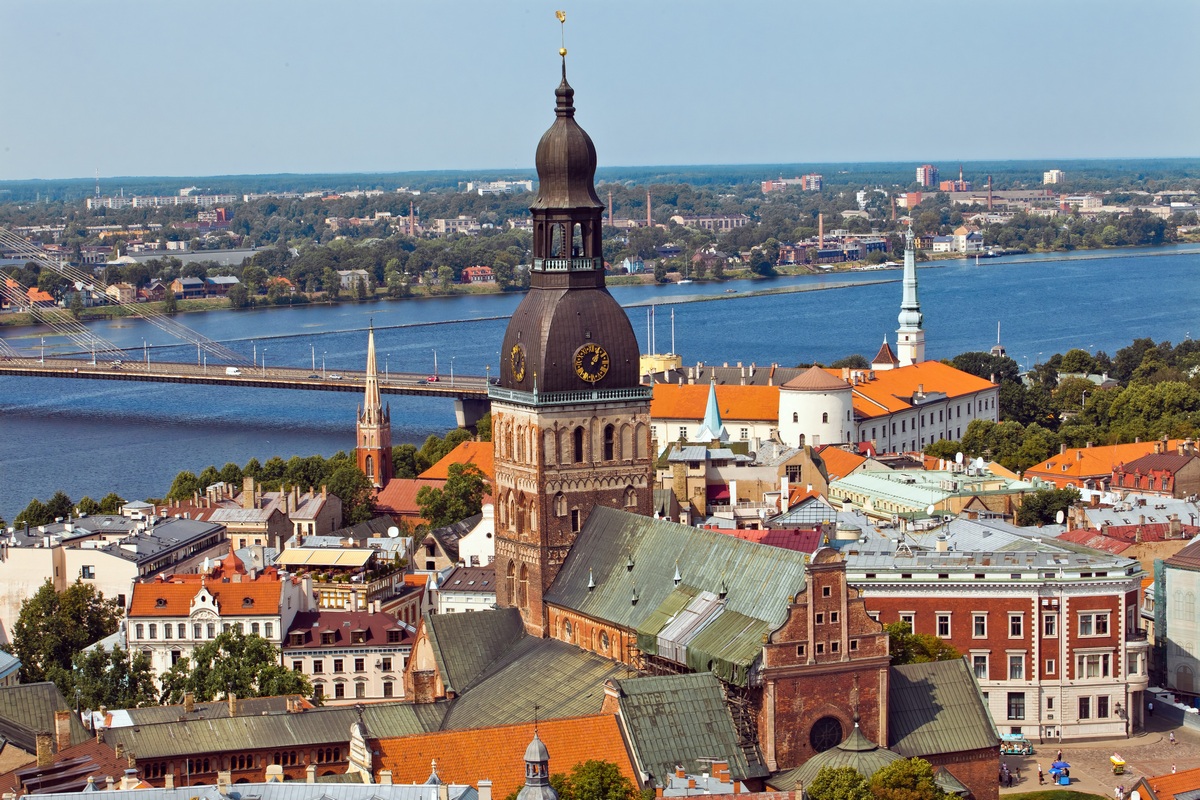The Baltic Sea & Its Climate: How to Prepare for Spring and Autumn Travel

Traveling to the Baltic Sea region offers a unique blend of tranquillity, rich culture and off-peak pricing. Yet making the most of a trip in spring or autumn requires understanding the region’s climate — from choppy seas and brisk winds to unpredictable rain and shifting daylight. The Baltic Sea spans a large area, touching the coasts of Sweden, Finland, Estonia, Latvia, Lithuania, Poland and Germany, and its weather is shaped by a mix of marine and continental influences.
In this guide you’ll find what to expect during shoulder-season visits, practical tips for when and where to travel, and the gear and mindset that turn these lesser-busy months into an exceptional experience.
Spring by the Sea: Fresh, Breezy, and Unpredictable
Spring along the Baltic Sea is a season of transition. In March and April, the region still wears its winter layer — cool air masses, lingering snow, and brisk northeasterly winds that funnel down the coastline. Daytime temperatures may gradually climb to 8–12 °C (46–53 °F) in April and May, but evenings remain chilly, and the sea retains its winter cold. By late May, beaches begin to host walkers and early sun-seekers, and coastal forests sprout fresh leaves and birds return.
For travellers this means two key things: one, the conditions demand layered clothing, wind protection and waterproof outerwear; and two, the crossing or ferry rides can still feel raw. Seas are relatively calm in the spring compared to the height of storm season, but sudden cold fronts can still whip up waves and lower the “feels-like” temperature significantly.
What to pack and plan for spring:
- A waterproof, wind-resistant jacket with a hood — essential for breezy April/May days on the coast.
- Warm mid-layers (fleece or wool) and a lightweight down vest or jacket for early morning or late evening.
- Waterproof walking shoes with good ankle support — coastal paths can be slick from sea spray or rain.
- A beanie, gloves and a scarf — temperatures can dip unexpectedly, especially near the water.
- A compact umbrella or light rain shell — spring showers can develop quickly, even on otherwise clear days.
Spring is also the time for early festivals, outdoor cafés opening up, and longer daylight hours, allowing more time for exploring towns like Tallinn, Riga, or Gdańsk — especially when traveling on carefully organized escorted Baltic tours. Having flexible plans will let you enjoy mild mornings and brisk evenings without feeling rushed.

Autumn Colours & Coastal Winds: What to Expect in the Baltic Shoulder Season
When autumn arrives, the Baltic coastline comes alive with colour — deep auburn forests, marshes turned gold, and calm seas reflecting the fading summer light. Yet this scenic charm accompanies a shift in climate. Starting from late September through October, warm afternoons can still linger (16-18 °C / 61-64 °F), but rain, wind and fog become more common. The region’s dual climate zones — marine and continental — mean that conditions vary swiftly between sunlit brilliance and grey dampness.
Coastal regions may still enjoy mild weather early in the fall, but once the dominating high-pressure systems fade and low-pressure Atlantic systems move in, squalls and windy stretches become more frequent.
How to enjoy autumn travel:
- Prioritise destinations inland or in sheltered areas for the first half of autumn (late September) when the weather is still stable.
- Carry a waterproof daypack and dry bag for electronics and documents — unexpected showers on beachside promenades or ferry crossings are common.
- Choose accommodations with good heating and close proximity to cafés or indoor spaces — especially important when drift winds and damp early evenings set in.
- Expect fewer tourists, lower prices and more authentic local experiences — everything from harvest festivals in Lithuania to sauna culture on the Gulf of Finland becomes more immersive.
Late autumn also means shorter daylight, so plan your outdoor activities accordingly. By November, daylight hours shrink significantly, and winds from the north or northeast can bring sudden chills.
Travel Essentials for Spring & Autumn Baltic Trips
Timing & Itinerary Flexibility
Both spring and autumn offer advantages beyond just fewer crowds — they allow you to experience the Baltic region in a slower and more personal way, with more opportunities to connect with local culture and seasonal traditions. If you prefer flexibility in how you travel, private Baltic tours can be tailored to your interests, pacing, and style — whether that means spending more time in coastal towns, exploring national parks, or enjoying regional cuisine at your leisure. This personalized approach also makes it easier to adjust plans based on weather and daylight changes. When organizing your trip, choose accommodations close to key activities so that shifting between indoor and outdoor plans remains seamless and comfortable.
Packing Smart
- Layering is everything. Make sure each layer can be removed or added easily as conditions change.
- Waterproof and windproof outerwear will make a difference in enjoying open-sea views or harbour front walks.
- Footwear matters. Choose shoes with good grip and waterproofing. Baltic pebble beaches and wooden piers can be slippery.
- Adapt to indoor culture. In cooler seasons, locals shift to cafés, galleries and saunas. Pack smart-casual clothes for indoor activities after a day of exploring.
- Check seasonal events. Spring may still have late snow in northern coasts; autumn may bring early flights of migrating birds or local harvest meals — planning around these adds rich cultural layers to your trip.
Mind the Coastal Climate Variables
Because the Baltic Sea is a semi-enclosed body of brackish water, its climate is more sensitive to wind direction and pressure systems than many open oceans. Be aware: a calm sunny afternoon can shift in hours into a windy rainy evening. Always monitor weather forecasts, and consider choosing accommodation near your main activities so you can shift indoors if needed.
